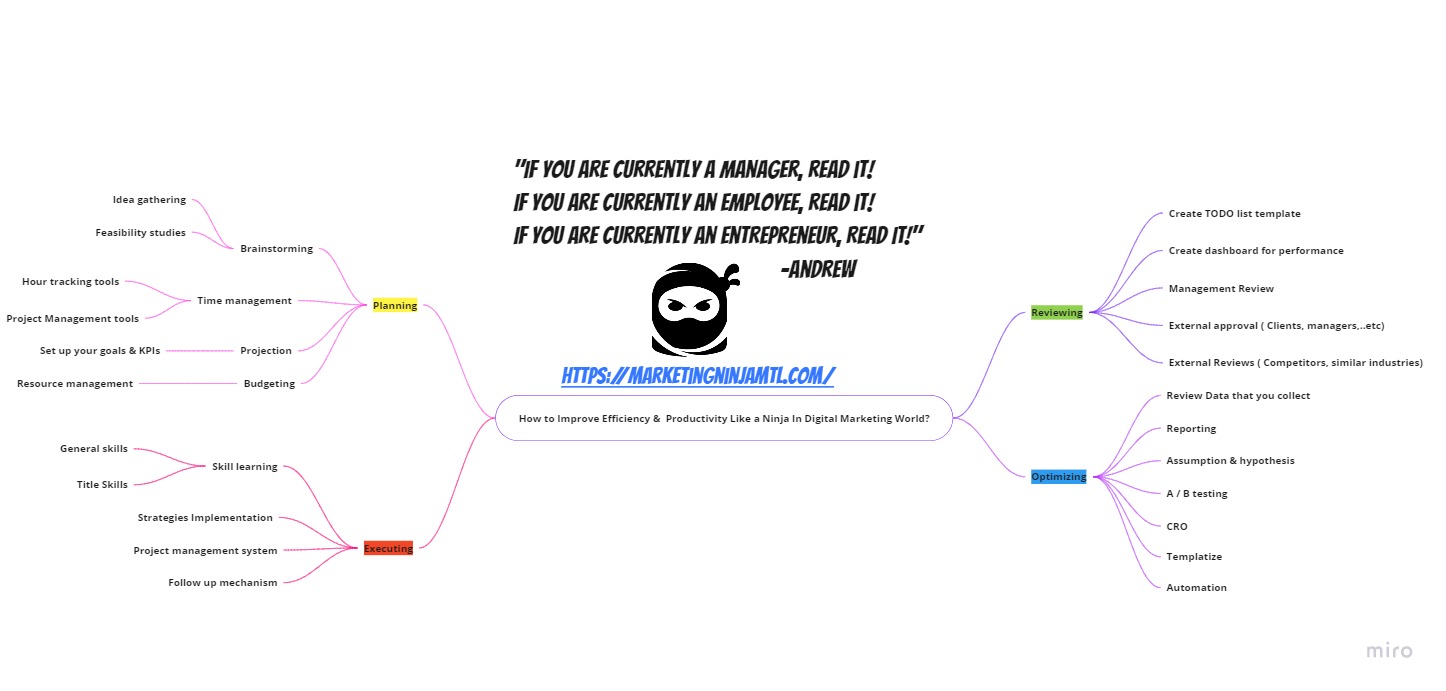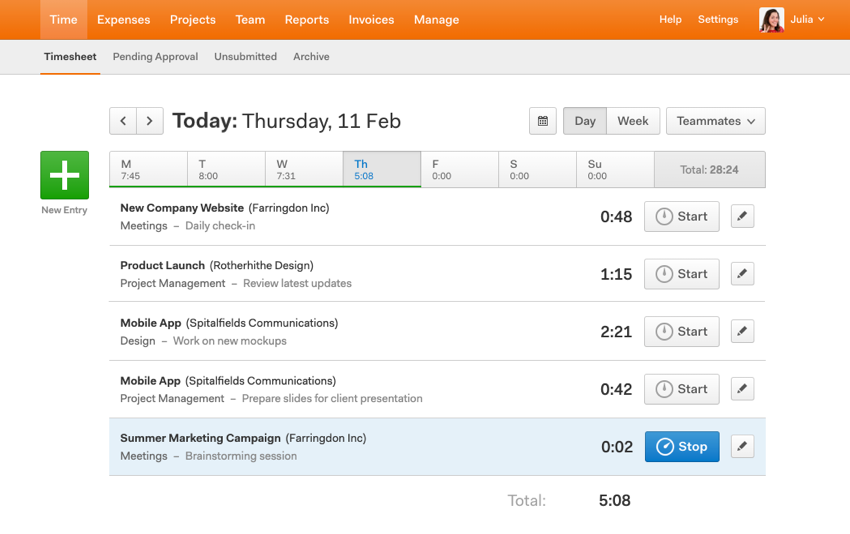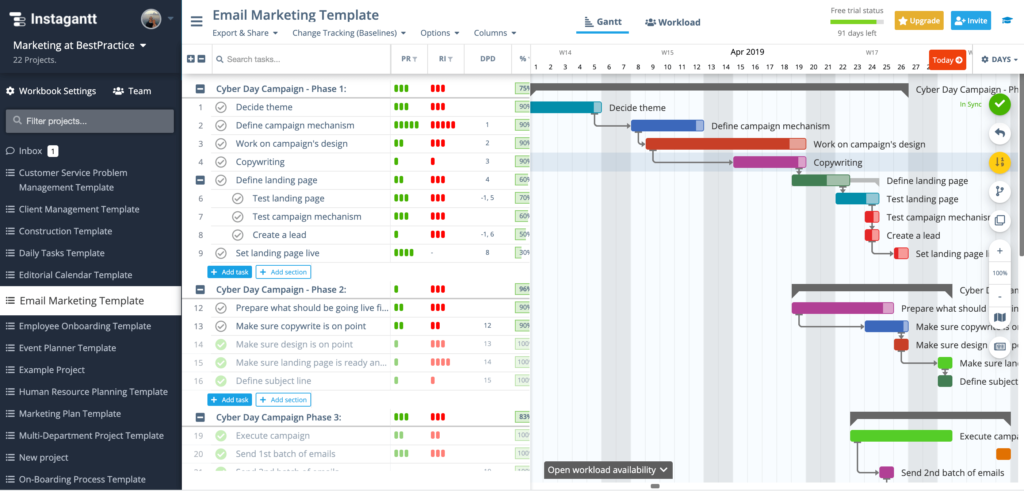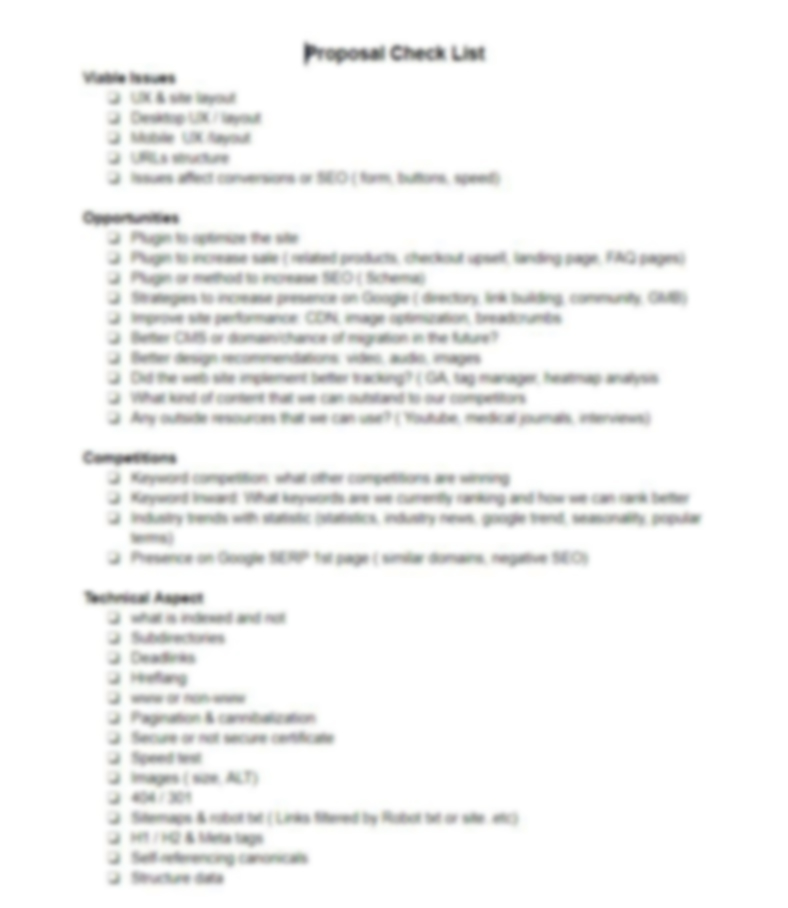“If you are currently a manager, read it!
If you are currently an employee, read it!
If you are currently an entrepreneur, hear me out!”
-Andrew
This is probably the most general topic that I have written so far since I got this blog, the reason is that this topic is actually very difficult to write without making the content look so cliche, bear with me if you found this very repetitive, but if you explore this topic deep down, you will find how important these components are. At least it works for me for the past 11 years of experience in the digital marketing field.

So how to enhance your efficiency & productivity you might ask? I conclude these into 5 simple steps as “P-E-R-O-R”, sound’s like the word “error” but with P, I hope this is going to make it much easier for all of you, details as follows:
- Step 1: Planning
- Step 2: Executing
- Step 3: Reviewing
- Step 4: Optimizing
- Step 5: Repeating
Step 1: Planning
Planning is probably one of the hardest and the most important things especially you just start working on a new project. This is probably the most crucial stage when you are building up your foundation as well as planning all the resources that you will be needed in the future. Failing in this stage might lead to catastrophic destructions which can’t rewind back to the original, that is why I usually advise people, whenever you are starting a new project or trying to work on something new, please take some time to consider the following, this will provide you with a clear overview before you actually start working on it!
- Brainstorming
- Time management
- Projection
- Budget planning
1) Brainstorming
Yes, as you can see in my feature image, this is my content brainstorming map before I wrote this article. The reason for creating this map is to help me to understand the whole structure better as an overview. In addition, with a logical hierarchy structure that is being built, it also helps me to pinpoint what are my priorities, this can help me to save lots of time whenever I am doing my own research on the subject or, to bring this to discuss with my team and colleagues. There are many free programs or tools such as MIRO or Xmind that do have a free version so feel free to try it out whenever you are running out of ideas!
2) Time management
Having perfect time control is especially important in the business world. Not only because in most cases a project is usually handled by multiple personals, moreover, no matter if you are working as an employee or you are freelancing on your own, but all your payment terms will also be subjected to how much time you work, so it’s very important for you to have the managing skills for your time. Last not least, if you are currently a manager that takes responsibility to manage the whole team, you will need to have the capability to delegate your teammates with the amount that time that he/she will be needed to complete this work. For some nice time management tools, I refer to this article, tools such as “Harvest”, “Scoro”,”Toggl”,”Replicon” and “timecamp” are awesome tools to help you to record your task time. In general, you should also have a clear idea of how much time you will need to complete a task.

3) Projection
Setting up goals and KPIs are one of the most difficult in the planning stage, however, it’s necessary to have this listed somewhere for determining your success, some common examples of KPIs as follows:
- Revenue KPIs such as revenue MoM (Month-over-Month) or YoY (Year-Over-Year)
- Revenue KPIs on specific products or services, specific device categories such as desktop or mobile or APP
- Revenue KPIs based on regions, demographic, audiences…etc
- Traffic KPIs on sessions, users growth MoM or YoY or QoQ..etc
- Performance KPIs such as conversion rate, bounce rate, leads generation, reply rate, customer satisfaction rate, refund rate…etc
- Other KPIs which tied up to internal teams depend on different situations
A general formula to determine how to set up your goal properly will be either:
- Whether reaching this goal will helping you to expand my business
- Whether reaching this goal will be proving value to the company
4) Budget planning
After you collect all the info you need regarding how much time, personal, tasks, and resources, then you should have a clear mind of projection how much budget that you will need. People might often refer to budgeting planning might be your manager, financial, or accounting department. However, having an understanding of the financial part of what you are doing, is often one of the indicators that will prove your success. In my opinion, all the people including the employees or subordinates should have the capability and act like this is your own business in order to have a higher chance to succeed.
Step 2: Executing
At this level, usually, this is the part where you start to delegate tasks to your teams or even handling yourself, in the following you will see the 4 components that I believe are the most influential which determine your’s success.
- Skill learning
- Strategy implementation
- Use project management system
- Set up follow up mechanism
1) Skill learning
Skilling learning should always be an on-going process, especially when you are trying to build a tactical team. Having a structural learning mechanism is essential because that is the key to how you differentiate between you and your competitors. Since we are living in a constantly changing environment, every day you will be expecting to acquire different pieces of knowledge. In most of the case, the knowledge that had in the field usually equivalent to the value of the company, so it is very important for a company or a team to have structural training regularly to ensure that employees will have the capacity to stay competitive. In order to cut through stuff, you will need a sharp knife and the same thing can be applied to digital marketing.
In the following you will see my recommendation on what types of skills that people who work in marketing will need:
- General skills: Strong skills on Google Sheet, Google Doc, Google Slider. Especially Google sheet because collecting, analyzing data are essential for marketing professionals
- Title Skills: This directly tied up with which field in marketing you are doing. Examples will be: SEO learning, Google ads, Amazon listing, Affiliation, Email marketing, and Display..etc
I think I will expand this section further by adding some common excel skills you should know to help you to improve your job better in the future. Let’s just jump to the next section for now!
2) Strategy implementation
This is the most volatile section because it really tied up to the current situation which is happening right now. However, having a strategy is essential to success because it consolidates all our resources together, this is also parts reflected from your skills and experience, which is not something that you can grab it quickly because of the long learning curve as well as tryout failure. In marketing, we usually target our strategies into the marketing 5P: product, price, people, place, promotion.
3) Project management system
Having a well-managed project management system is another key, especially when you are working with teams. The benefits of having the project management system do not only allows you to have a clear mindset about when to start/finish the task. Moreover, you involve multiple persons to work together to speed up the tasks and get them done. With the current COVID-19 situation in which requires people to work remotely, this also made another bonus for having an effective system to manage your tasks. Here are the project management systems in which I recommend for people to give it a try.
- Asana
- Monday.com
- smart sheet
- Wrike
- Nifty
- Trello
- Jira
- Teamgantt
- Basecamp

4) Follow up mechanism
Most of the failures from the most enterprises are often reflect in to the lack of speed, and this usually reflected in two things: 1) Capability to follow up your email or 2) Capability on follow up your meeting and daily tasks. Here are two cents on how to easily manage this properly:
- Set your email as “unread” mode, so you will be able to tackle emails per day, try to eliminate “noise” emails such as promotions or newsletters as much as possible.
- Have a daily routine to clean your email at least 3-4 times per day, please do not allow your inbox to have more than 100 emails because that is a sign of being an inefficient
- If you are working on multiple projects, feel free to create a separate folder for you to follow up easily.
- It is a good way to send recaps meeting note after the meeting with follow up plans ( companies like Google are very good at this)
- It is very important for the team to know what we are working on every day, having a task to-do list will be an awesome idea!
- For meetings, it is always good to keep the meeting record, there are tools such as fireflies AI that can perform this job perfectly by recording your google meet at the same time having it on transcript so you can share it with the team. In addition, with tools such as zoom or google meet we are able to record our screen board and share it with the teams about the progress.
- Having a regular short meeting to follow up tasks, stats or even action plans internally

Step 3: Reviewing
No matter how hard we tried, we can’t 100% avoid human errors, and that is why having a review mechanism is very important especially comes to digital marketing tasks. Situations such as having coupon codes set to wrong items, having product prices listed incorrectly or even product names spell errors, or even having the error codes implemented into the live site without staging environments. These issues can be disastrous but avoidable. Here are the methods which I recommend to cope with these unpleasant situations:
- Create a todo list template or an SOP for all the tasks that you perform
- Create a dashboard to monitor performance
- Management review or External approval
- External review
- Automation
1) Create a todo list/checklist template
This is especially useful when you are not 100% familiar with the task that you perform, having a to-do list template will help you to examine each process while you finalize your tasks. This is also why many big enterprises have their own SOP when the situational event arrives. In my personal experience, I created a to-do list/checklist basically on everything that I perform, it could be a site audit checklist, a checklist for site migration, or even when we are launching a new website..etc. By having everything templatize, it made the speed of how I perform the task much quicker and generate fewer errors. At the same time, I often use this document to train my subordinates when I am on vacation or they are taking over my tasks, this doc can be extra handy.
In the example, you will see the checklist that I created for the proposal, for security reason, I will have to blur it but you got the idea:

2) Create a dashboard to monitor performance
If you want to improve in what you are doing, then you will need to have a dashboard to track it monthly or even weekly depend on the situation. Having a dashboard does not just show you the performance itself, moreover, it’s more like a protection mechanism when something goes wrong then you can always pick up alternative strategies to back it up from what you lost. In the following, you will see the sample dashboard that I created for most clients, also, you will be able to see I am following up on weekly basis.

3) Management review or External approval
Another way to prevent human errors will be having another person take a look at your works. This is usually tied up to managerial reviews before you are actually sending the final product to your clients or inform to upper management. For site issues such as website updates, coupon or content releases, or even design updates. It is always better to assign 2nd person to ensure that everything is good before pushing to the site. Moreover, when a website is releasing a new patch or update, it is always a good idea to test it on a staging environment before actually pushing it to the live site.

4) Automation
One last tip to prevent human errors or inefficiency will be through automation. In most scenarios, we are doing lots of repetitions and we can definitely avoid it and let the AI handle it for you. As long as you can figure out the pattern or templatize, having it automated will be a viable option because everything can be calculated automatically and even have extra features such as send it to your email through the script. Few common automation options will be present in the following:
- Using excel functions to process automation for you. An example will be using query function as well as Analytic, Kissmetric or other addons
- Using Data studio to push data directly from Analytics
- Using excel script to push data or reports automatically to your email
- Using third-party monitoring tracking systems such as Ahref, MOZ or SEMrush to send you automatic crawl reports.
- Using IFTTT to create a trigger to facilitate your marketing tasks, for more info>
- Using web site such as “uptime” to monitor your web site status, is especially useful whenever they are issues such as 505, 404 and then the system will prompt you an email
To be continued…

